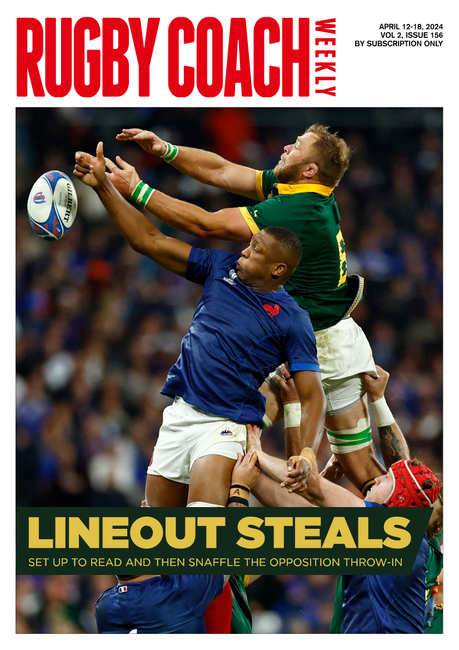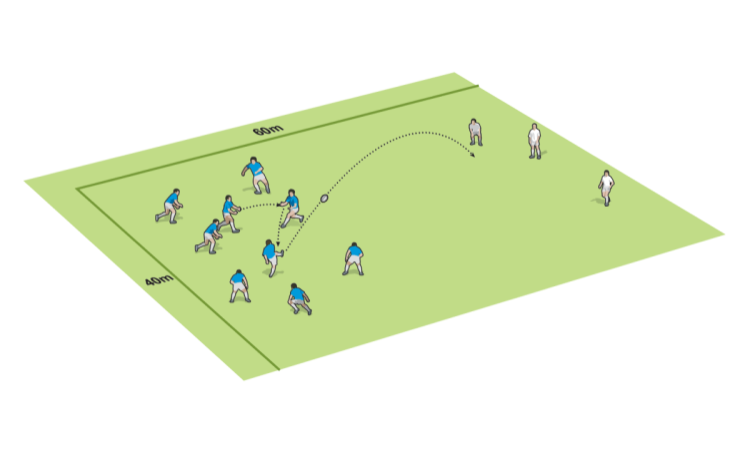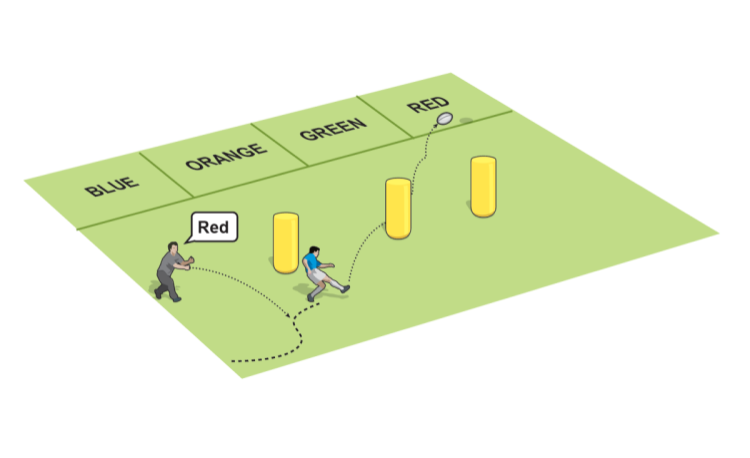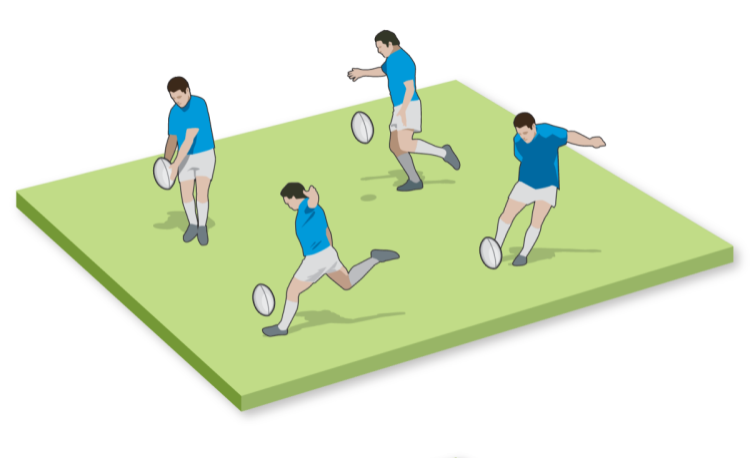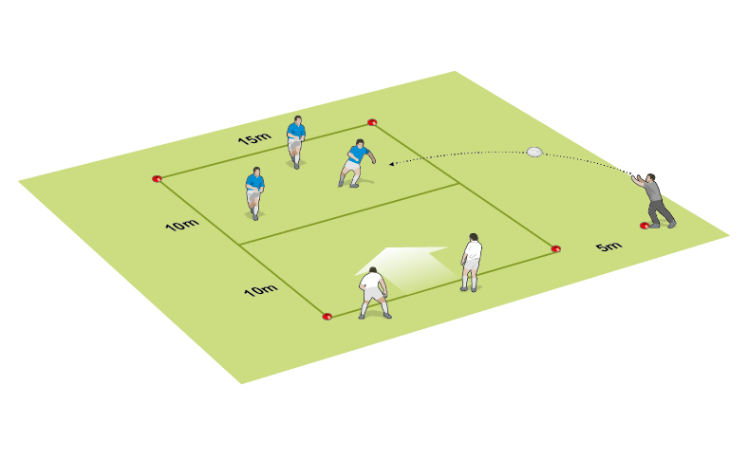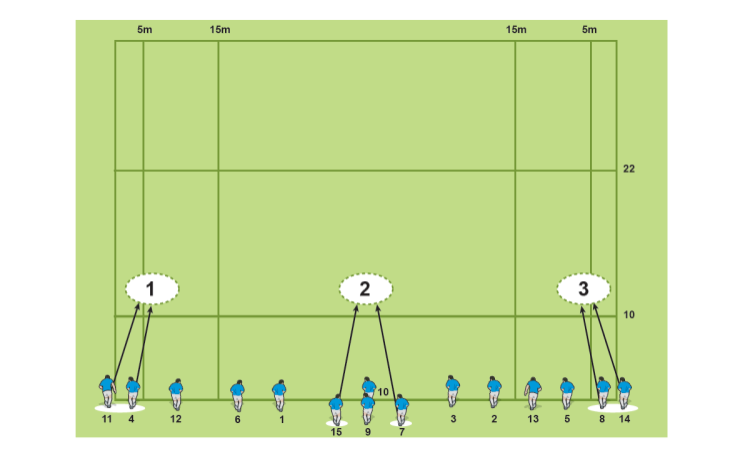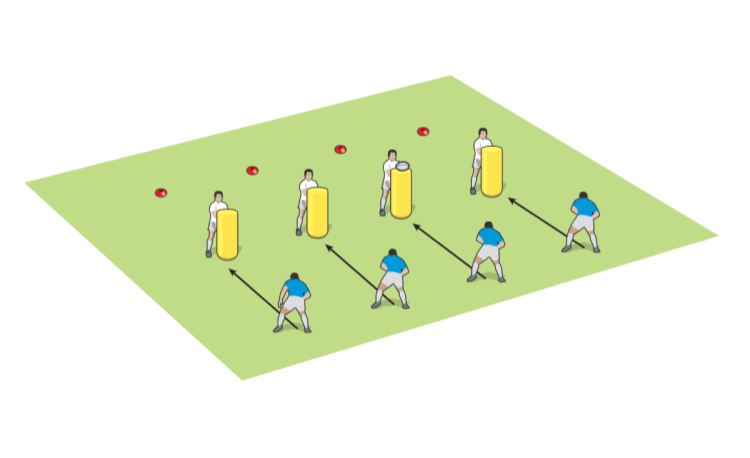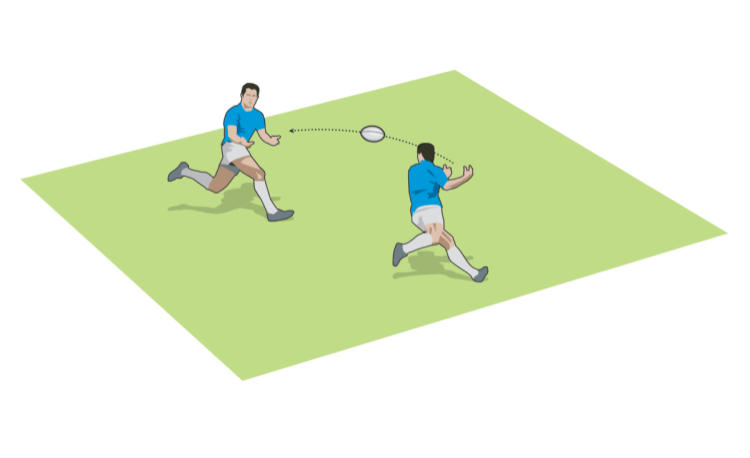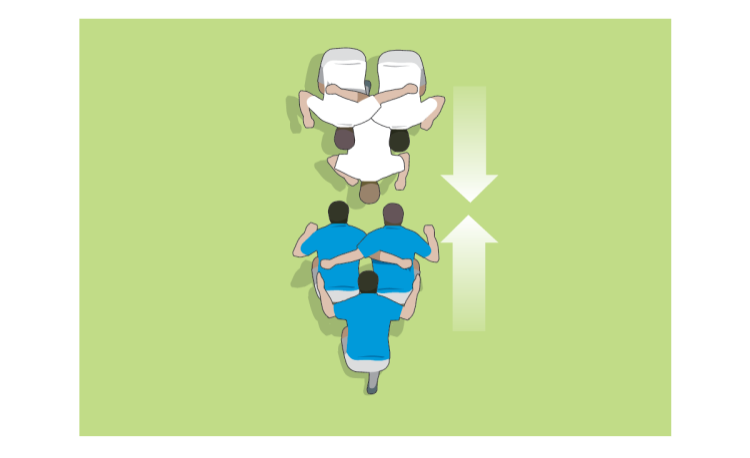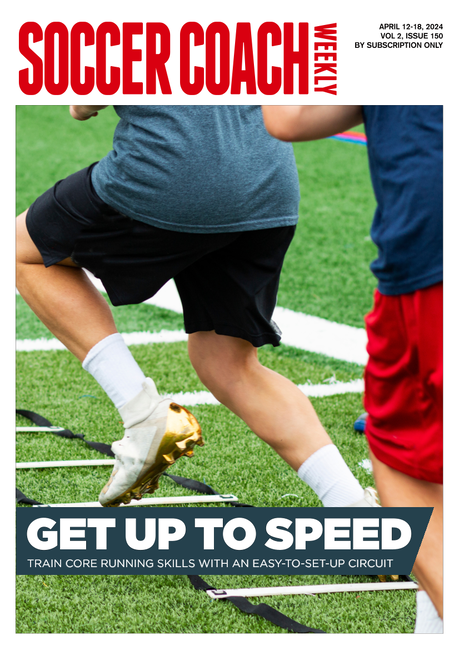You are viewing
1 of your 2 free articles
9 ways to improve kicking range
Here are my nine skills and technique tips that I used with Leicester Academy players to improve their kicking range from hand.
9 CORE TECHNIQUES
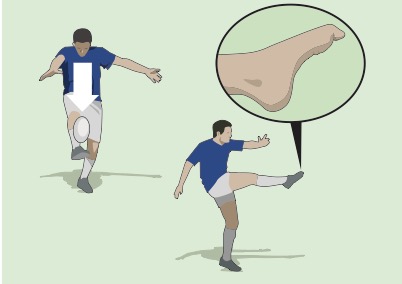
- Hold the ball in line with the kicking leg, not in front of the body.
- Drop the ball down onto the foot - do not throw it up.
- Strike the ball on the point if doing drop punts or sideways on if spiral.
- Have the bones in the foot clenched as if punching the ball. Strike it on the cuneiform bones (the big ones on the top of the foot).
- Have a firm ankle and point the toe at the target on the follow-through.
- Stand tall with chest out, keeping the head over the ball. Imagine trying to push the second button from the top of the shirt as far out as possible. This engages the core and allows for control from the top of the head to the toes with all the major muscles.
- Don’t attempt to smash the ball. It is timing and a smooth stroke action that counts.
- Finish with the bodyweight on the balls of the feet to ensure you follow through on the kick towards the target.
- The chest should be front-on to the target when the kick finishes.
TRAINING
Kickers should do a regular number of kicks at a specific target two or three times a week. This should build muscle memory, so while the kicking action might feel awkward when the player is adjusting to your coaching, it becomes more natural over time.
It is a skill that is often left alone by coaches because there are more team-orientated activities to work on in training. Spend some time with the kickers checking the key points.
A simple activity is to kick from a set distance from one side of the posts to land the ball in a coned-off square (say 10m) on the other side. The aim is to land the ball in the square. As the kicker develops, simply move the square farther away and make the angle you have to the posts more acute. Therefore, the space between the posts becomes narrower.
You should stand about 20m in front of the kicker and watch his action - not the flight of the ball. In each session, though there are nine techniques to focus on, you should be looking in detail at just one.
Though these are the ideal technical outcomes, you have to work with different body shapes and actions. While it is good to model players on the best players, they have to find a style that suits them.
STRONGER BODY FOR STRONGER KICKING
Kickers can improve their range by concentrating on the right muscles in their strength and conditioning work.
Increase the movement range and strength in the hip flexors and gluteus muscles. The hip flexors are muscles over the hips.
You can improve these with leg and knee raises when lying on the ground. Also, fire up the glutes (the muscles in your backside) with simple exercises before kicking. For instance, lie on the back and do bridges, with the shoulders and heels touching the ground only.
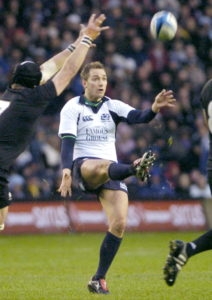
Related Files
Newsletter Sign Up
Coaches Testimonials

Gerald Kearney, Downtown Las Vegas Soccer Club

Paul Butler, Florida, USA

Rick Shields, Springboro, USA

Tony Green, Pierrefonds Titans, Quebec, Canada
Subscribe Today
Be a more effective, more successful rugby coach
In a recent survey 89% of subscribers said Rugby Coach Weekly makes them more confident, 91% said Rugby Coach Weekly makes them a more effective coach and 93% said Rugby Coach Weekly makes them more inspired.
Get Weekly Inspiration
All the latest techniques and approaches
Rugby Coach Weekly offers proven and easy to use rugby drills, coaching sessions, practice plans, small-sided games, warm-ups, training tips and advice.
We've been at the cutting edge of rugby coaching since we launched in 2005, creating resources for the grassroots youth coach, following best practice from around the world and insights from the professional game.


